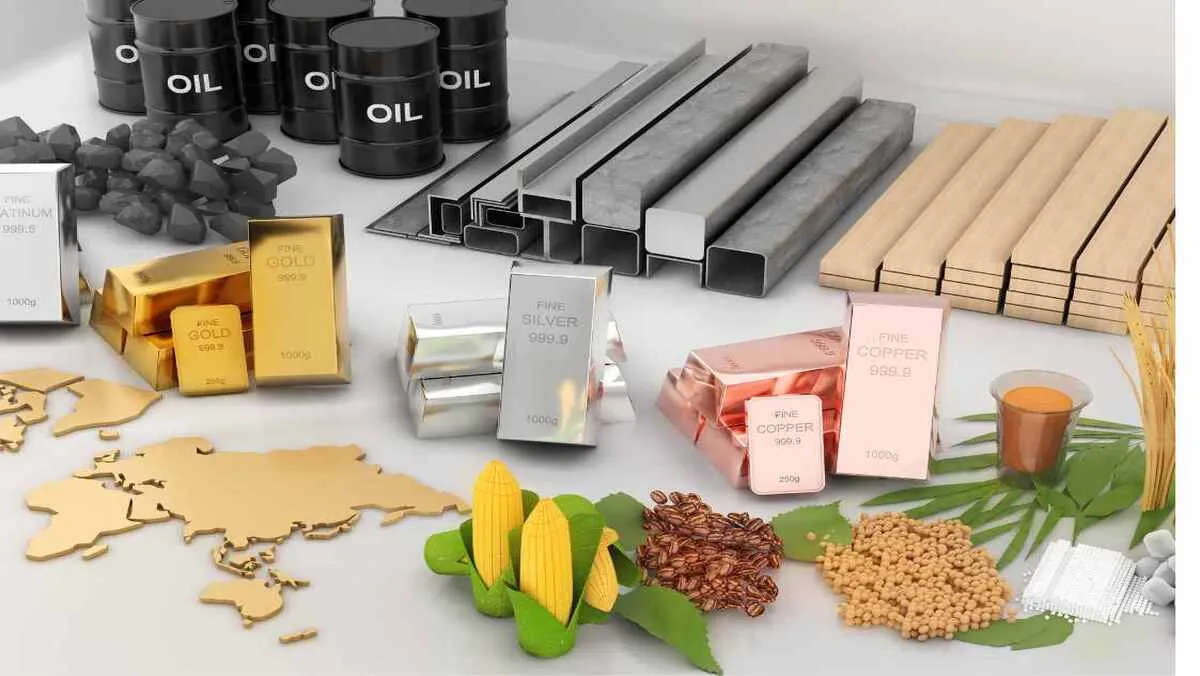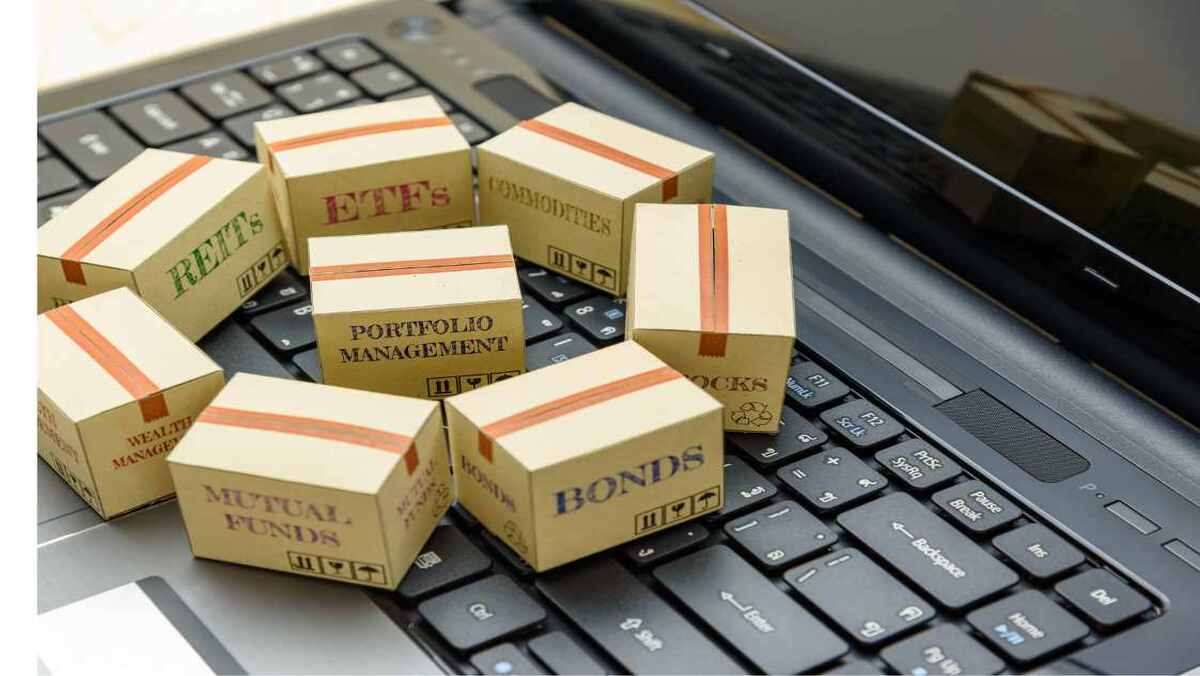Tuesday Dec 19 2023 10:39

10 min

The ebbs and flows of commodity markets directly impact your portfolio. Understanding how commodity markets have evolved provides a critical context for navigating price volatility and identifying new opportunities.
Commodity markets have a long and complex history spanning centuries. Many of the earliest civilizations, including ancient Egypt, Mesopotamia, and the Indus Valley, traded basic agricultural goods and metals. These early markets were highly localized, with goods traded directly between producers and consumers in a small geographic area.
The rise of long-distance trade enabled by developments like the Silk Road connecting Asia, Africa, and Europe exposed commodities to more diverse markets and greater price fluctuations.
The emergence of commodity futures contracts in the mid-19th century and electronic trading platforms in the late 20th century further globalized commodity markets.
Today, commodity markets remain a cornerstone of the global economy and a key driver of economic growth worldwide.
Taking a closer look at how these vital markets have developed and continue to evolve will provide you with a more holistic understanding of commodities and help guide your investment decisions. The story of commodity markets is one of human civilization and progress.

The history of commodity markets traces back thousands of years. Early civilizations traded agricultural goods and precious metals. These informal markets evolved into more sophisticated exchanges in the Middle Ages in Europe.
Today's commodity markets offer futures, options, swaps, and spot trading in agricultural goods, metals, energy, currencies, and more. They play an integral role in the global economy, enabling price discovery and risk management. Though much has changed, commodity exchanges still facilitate trade, as they have for centuries.

To understand modern commodity markets, it is important to understand their origins and evolution. Key developments that shaped commodity markets include:
In the mid-19th century, farmers and merchants began using futures contracts to hedge price risks. The first futures exchange opened in Chicago in 1848, facilitating the trade of agricultural commodities. These exchanges allowed buyers and sellers to agree on prices and quantities of goods to be delivered at a future date.
Originally, futures contracts resulted in the physical delivery of the commodity. This changed in the 1970s with the introduction of cash settlement.
Rather than delivering the physical goods, cash is exchanged based on the price difference between the futures contract price and the market price at expiration. This allows participation from speculators and investors.
Futures contracts now exist for a wide range of commodities beyond traditional agricultural goods. Contracts for precious metals launched in the 1970s, followed by energy commodities in the 1980s and stock market indexes in the 1980s and 1990s.
There are now futures markets for commodities like carbon emissions, weather, real estate, and even movie box office returns.
Open outcry trading floors gave way to electronic trading in the 1990s and 2000s. Electronic platforms have significantly increased the speed, volume, and global reach of commodity trading. High-frequency algorithmic trading now dominates, though some exchanges still maintain open outcry trading floors.
Commodity markets have become increasingly global, with futures exchanges opening around the world and the rise of over-the-counter swaps and derivatives trading.
Global exchanges and global contracts have made it easier to trade commodities across borders. At the same time, growing global demand for limited resources has fueled interest in commodity investments.
As we stand on the threshold of a new era in global trade, the future of commodity markets is a tapestry woven with both bright strands of opportunity and dark threads of challenge. The vital role that commodities play in our daily lives from the food we eat to the energy that powers our world cannot be overstated.
With the United Nations projecting a substantial population growth of 9.8 billion by 2050, we are set to witness a dramatic escalation in the demand for commodities. This pivotal moment in history presents a unique set of circumstances that will define the trajectory of commodity markets for decades to come.
The burgeoning global population is a harbinger of increased demand, signalling a prosperous opportunity for commodity markets. This demographic uptick is expected to fuel a substantial rise in the consumption of agricultural produce and natural resources.
In parallel, the winds of innovation are propelling advancements that could significantly bolster the supply side. Breakthroughs in biotechnology, such as genetically engineered crops, hold the potential to revolutionize agricultural yields, making them more bountiful than ever before.
The concept of precision agriculture, underpinned by data analytics and technology, promises a new epoch of farming efficiency, optimizing the use of resources and maximizing output.
Similarly, the pivot toward renewable energy and the evolution of energy storage technologies offer a pathway to diversify and stabilize the energy landscape. These technological leaps are the keystones upon which the future expansion and sustainability of commodity markets may rest.
However, this horizon is not without its storm clouds. Climate change looms as a significant threat, with the potential to derail the anticipated technological and agricultural gains. Shifts in weather patterns are likely to make crop production more volatile, while sea level rise poses a real danger to coastal agricultural zones and the infrastructures that support them.
The thawing of Arctic permafrost and the consequent release of methane gas is an ominous ticking time bomb that could accelerate the adverse effects of global warming. On the geopolitical chessboard, tensions and trade disputes between major economies could lead to disruptions in the global supply chain, affecting the stability and flow of commodities.
Furthermore, the risk of cyber-attacks on critical infrastructure represents a modern-day vulnerability that could disrupt commodity markets in an instant. These challenges are complex and multifaceted, requiring astute attention and strategic policy frameworks to navigate the uncertain waters ahead.
Commodity markets have come a long way. The simple beginnings of farmers trading goods with neighbours have transformed into a global system of exchanges and futures markets. New technologies and transportation systems have allowed us to source goods from all corners of the world to meet the demands of an ever-growing population.
While the basic human needs that drive these markets remain unchanged, the systems that facilitate trade have become increasingly complex. However, at their core, commodity markets still serve the most fundamental purpose of all economies to connect those who need goods with those who can produce them.
The future will likely hold continued innovation in risk management, pricing models, and trading platforms. Yet commodity markets will endure as long as buyers and sellers are looking to exchange the essentials of human existence.
Learn and trade with market.com, the ultimate trading community
‘‘When considering Commodities "CFDs" for trading and price predictions, remember that trading CFDs involves a significant degree of risk and could result in capital loss. Past performance is not indicative of any future results. This information is provided for informative purposes only and should not be construed to be investment advice.’’